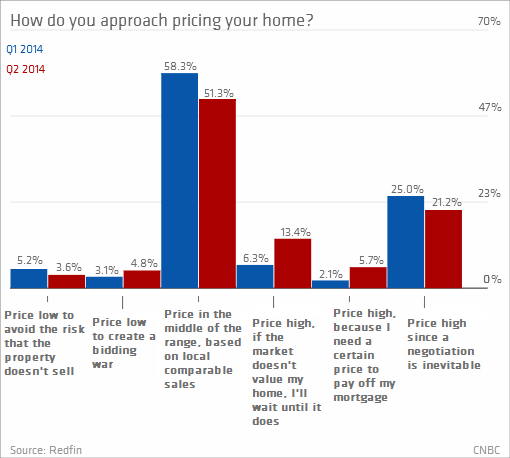 Home prices have continued to grow over the past year. The Case-Shiller Index noted an increase of 10.8% in home prices year-over-year ending in April. One of the factors that has been linked to the rise appears to be a city’s walkability.
Home prices have continued to grow over the past year. The Case-Shiller Index noted an increase of 10.8% in home prices year-over-year ending in April. One of the factors that has been linked to the rise appears to be a city’s walkability.
George Washington University School of Business and Smart Growth America joined together to release a report ranking the walkability of 30 of the largest cities in the US. They concluded there is a distinct correlation between real estate values and walkability for both residential and commercial properties. Chris Leinberger, Research Professor of Urban Real Estate at GWU commented, “Walkable, urban for-sale housing is by far the most expensive housing in the country. The range, depends on the market, between 40% and 200% greater than driveable, suburban housing. Twenty-five years ago that relationship didn’t exist because walkable (cities back then) was not valued.”
The younger generation of Millennials tend to prefer transportation via car ride-shares, walking, bike shares and rapid transit in an effort to be more environmentally conscious. Washington, D.C. was ranked number 1 as the most walkable city. Those cities boasting more walkable neighborhoods have seen home real estate values bounce back quicker and higher than those with less.
For information on effective ways to manage institutional and individual portfolios nationwide, or to shop for real estate visit First Preston HT. Like us on Facebook. Follow us on Twitter.










